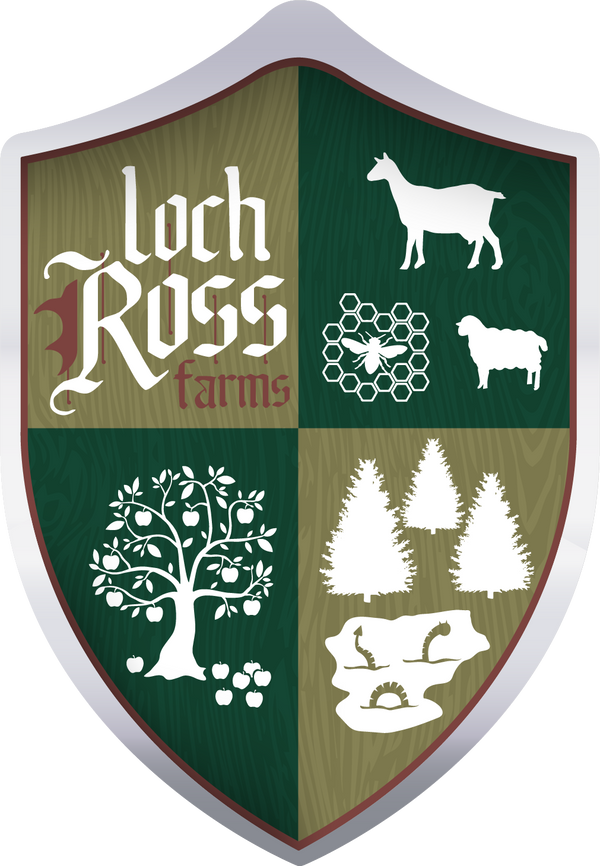FAQ
How often do you shear your sheep?
Short answer: We don't. The wild ancestors of today's sheep had long, shaggy hair and a short, fluffy undercoat. Under domestication, the fluff gradually became wool (fleece), while the long hair went away. Some wild sheep still do not have woolly coats. And some domesticated breeds of sheep ("hair sheep") do not have long, woolly coats that require shearing; instead, they grow longer hair in winter and then shed it in spring. These sheep - including the Loch Ross Katahdins - are typically bred not for wool, but for meat.
What's the difference between lamb, sheep, and mutton?
Sheep is the species name, and lamb refers to young sheep up to one year old. In the U.S., lamb often (confusingly) means the meat from sheep of any age, while in most other English-speaking countries lamb is the meat only of a sheep less than a year old (with mutton the term for meat from an adult sheep).
Multicolumn
-
Column
Pair text with an image to focus on your chosen product, collection, or blog post. Add details on availability, style, or even provide a review.
-
Column
Pair text with an image to focus on your chosen product, collection, or blog post. Add details on availability, style, or even provide a review.
-
Column
Pair text with an image to focus on your chosen product, collection, or blog post. Add details on availability, style, or even provide a review.
Subscribe to our emails
Subscribe to our mailing list for insider news, product launches, and more.
